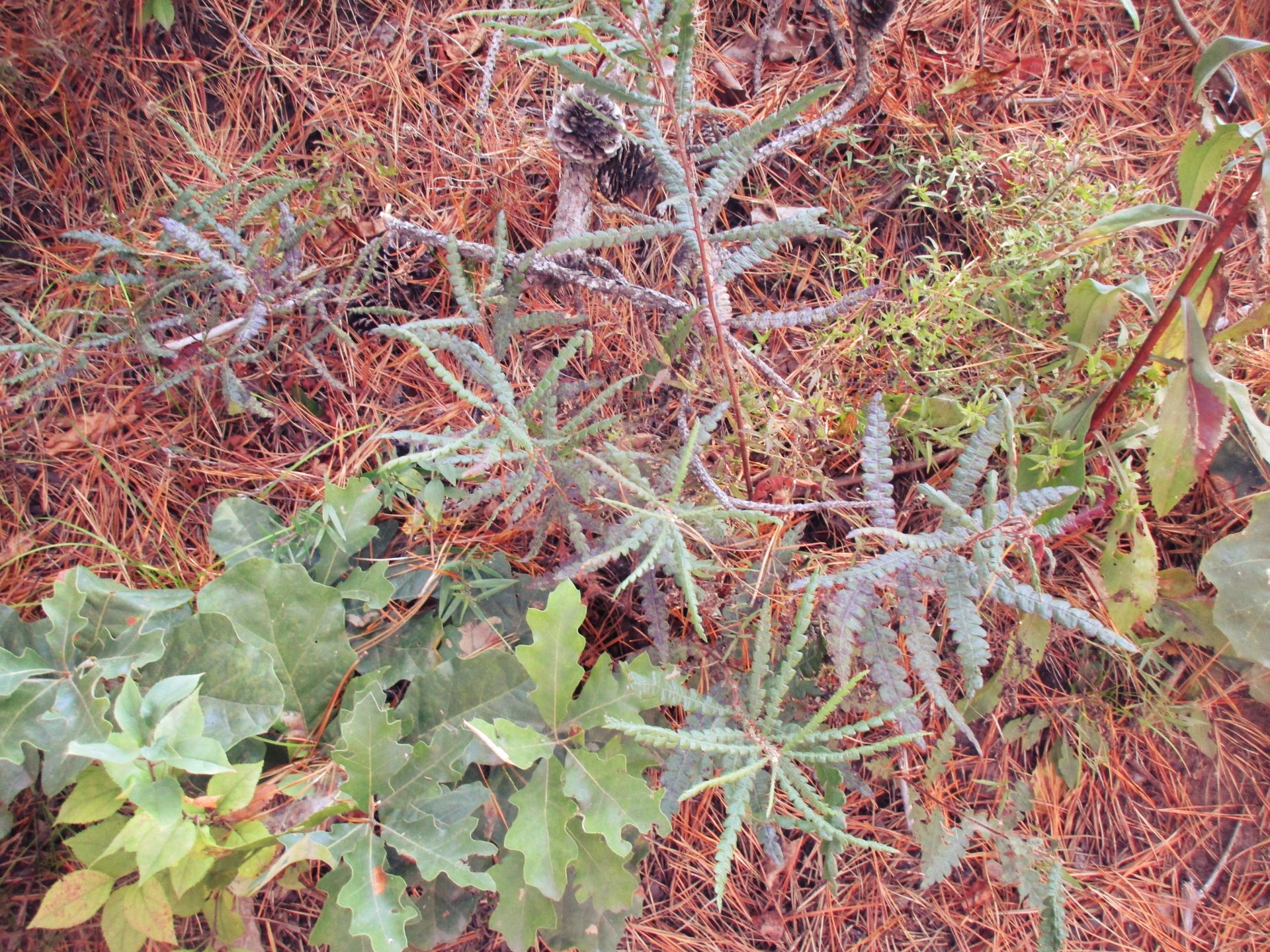Save the Pine Bush Loses First Round on Landfill 
Save the Pine Bush Loses First Round on Landfill
Clean Water takes a Dive to Garbage
Albany, NY – Save the Pine Bush lost its challenge to the expansion of the Albany City Landfill in the Pine Bush in Supreme Court in October. The Judge ruled that the Commissioner of the Department of Environmental Conservation has the discretion to allow a landfill to be constructed over the principal aquifer in the Pine Bush.
The matter of the landfill in the Pine Bush has suddenly become much bigger than the Pine Bush &emdash; if this ruling is allowed to stand, it could affect the quality of water throughout the State.
Save the Pine Bush’s lawsuit contends that the New York State Conservation Law and the federal Clean Water Act prohibit the siting of a landfill on a principal aquifer. A principal aquifer is one that has enough volume and flow to be used as a municipal water supply. The Pine Bush Formation (as the aquifer under the Pine Bush is called) was designated a principal aquifer by the New York State Department of Environmental Conservation (DEC) in 1986 in accordance with regulations written to comply with the federal Clean Water Act.
The Codes, Rules and Regulations of the State of New York (6NYCRR, Section 360-2.12(c)(l)(i) specifically prohibits the siting of a landfill or vertical or horizontal landfill expansion on top of a principal aquifer. The relevant part of the regulations states in no uncertain terms, “. . . no new landfill and no lateral or vertical expansion of an existing landfill may be constructed over primary water supply aquifers, principal aquifers . . .”
These rules about landfill siting were written in 1988. To give municipalities time to adjust to these new regulations, the rules allowed the Commissioner of DEC to give variances for lateral and vertical expansions of existing landfills if there was a demonstrated public need that outweighed the risk of contamination of the aquifer. The regulations gives a specific time frame for these variances, stating, “However, the maximum time period allowed by the commissioner for any such expansion must not allow operation beyond December 31, 1995.”
DEC was adamant about this deadline before the Albany Landfill expansion came along. In 1993, DEC prepared an environmental impact statement looking at possibly revising the 1988 regulations on siting landfills. Municipalities submitted comments asking that the December 31, 1995 deadline for landfill expansions be extended. DEC flatly refused to consider allowing an extension of the deadline, stating, “Landfilling over aquifers places those aquifers at increased risk regardless of the protective measures employed. The 1995 cut-off was mandated in 1988 allowing seven years for the phasing out of these potential threats to the State’s groundwater supplies.”
In his carefully worded 15-page decision, Judge Dan Lamont dismissed Save the Pine Bush’s lawsuit. He cited 6NYCRR Section 360-1.7(c), which states: “Unless otherwise precluded by law, the department may, upon written application from any person who is subject to this Part, grant a variance from one or more specific provisions of the Part under the conditions set forth in this subdivision. . . “
The Judge gave great weight to the words, “Unless otherwise precluded by law” which precedes the regulations regarding variances. The Court found that “the variance procedure . . . is available unless a variance is precluded by some State or Federal statue. . .” In other words, the court is saying that DEC can give a variance to site a landfill unless a specific State or Federal law exists prohibiting such a variance. In this case, it is DEC’s own rules and regulations prohibit siting a landfill on a principal aquifer, not a state or federal law. Because only DEC’s regulations prohibit variances for siting landfills over an aquifer, the Judge decided that DEC could give a variance.
Save the Pine Bush would like to know what the point is of DEC’s regulations expressly forbidding granting a variance to site a landfill expansion over a principal aquifer after December 31, 1995, if somewhere else the regulations state that DEC can give a variance.
Save the Pine Bush believes that anyone reading the regulations can see that without question it is illegal to site a landfill expansion over a principal aquifer. That Save the Pine Bush lost on the Supreme Court level is not a big surprise; we have often lost in the lower courts only to win on appeal.
However, the landfill lawsuit has suddenly become a lot bigger than just looking to preserve land in the Pine Bush &emdash; with the court decision allowing landfill expansions over principal aquifers, municipal water sources all over the state could be endangered. If this decision stands, municipalities around the state could expand landfills over aquifers, and clean water will take a back seat to garbage.
published December 2000/January 2001 Newsletter
Last Updated 11/30/00
